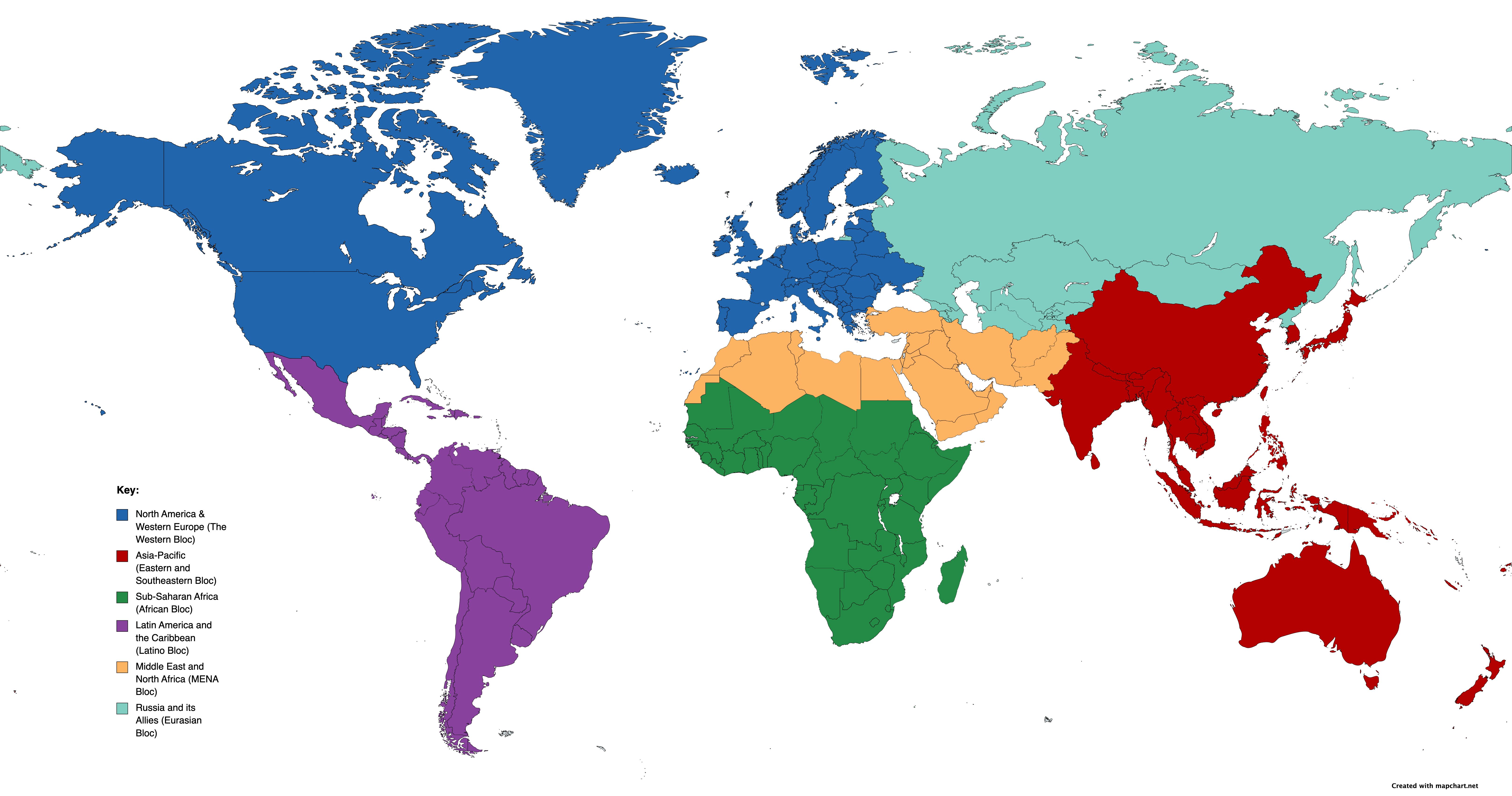Entrepreneur self-improvement
Choosing the path of self-improvement and personal development can be one of the most transformative decisions you make in your life. It is a journey of continuous growth, introspection, and intentional change, and there are compelling reasons why you should consider following this path.
First and foremost, self-improvement empowers you to take control of your life. It shifts the locus of control from external factors to yourself, allowing you to shape your destiny. By actively working on improving various aspects of your life, you become the author of your story, rather than a passive observer.
Furthermore, the path of self-improvement fosters self-awareness. It encourages you to reflect on your strengths and weaknesses, values, beliefs, and goals. This self-awareness is a cornerstone of personal growth, as it enables you to make informed decisions, set meaningful goals, and align your actions with your values.
Self-improvement also enhances resilience. Life inevitably presents challenges, setbacks, and adversities. Through personal development, you acquire the skills and mindset to bounce back from these challenges stronger than before. You learn to view obstacles as opportunities for growth and develop the mental toughness needed to persevere.
The pursuit of personal growth often leads to increased happiness and fulfillment. As you achieve personal milestones and work towards becoming the best version of yourself, you experience a sense of accomplishment and purpose. This can have a profound positive impact on your overall well-being and quality of life.
Additionally, self-improvement opens doors to new possibilities. It encourages you to step out of your comfort zone, explore uncharted territories, and embrace change. By doing so, you may discover hidden talents, passions, and interests that can enrich your life and career.
Moreover, personal development can improve your relationships. As you develop self-awareness and emotional intelligence, you become better equipped to communicate effectively, empathize with others, and build stronger connections with those around you.
In essence, the path of self-improvement is a journey of self-discovery, growth, and empowerment. It equips you with the tools and mindset needed to navigate life’s challenges, find fulfillment, and lead a more purposeful existence. While the path may be challenging at times, the rewards of becoming the best version of yourself are immeasurable. So, embrace this journey, and let it guide you toward a more meaningful and fulfilling life.
So what should I do?
If Sunday is your only day off as an aspiring entrepreneur, you can still make the most of it to improve your skills and work on your business. Here are some suggestions:
- Plan Your Week: Use Sunday to plan your upcoming week. Set clear goals, prioritize tasks, and create a to-do list to stay organized and focused.
- Learn: Dedicate some time to learning. Read books, articles, or take online courses related to entrepreneurship, business strategy, or your industry.
- Networking: Reach out to fellow entrepreneurs, industry peers, or mentors for virtual coffee chats or networking events. Building connections can provide valuable insights and opportunities.
- Strategic Thinking: Use this day to think strategically about your business. Reflect on your long-term vision and brainstorm ways to grow or improve.
- Self-Care: Don’t forget to take care of yourself. Rest and relaxation are crucial for productivity. Consider some leisure activities or exercise to recharge.
- Market Research: Stay updated on market trends and your competitors. Research can help you make informed decisions for your business.
- Evaluate Progress: Review your past week’s accomplishments and setbacks. Use this reflection to adjust your strategy and set new goals.
- Experiment: Try out new ideas or strategies you’ve been considering. Use Sunday as a day for experimentation and innovation.
- Financial Planning: Manage your business finances. Update budgets, track expenses, and ensure your financial goals are on track.
- Digital Presence: Work on your online presence, update your website, social media profiles, or create content that engages your audience.
Remember, it’s important to strike a balance between work and personal life, even if you only have one day off. Use Sunday to set yourself up for a productive and successful week ahead, but also make sure to allocate some time for relaxation and self-care.
Topics to learn, as an entrepreneur
As an entrepreneur, there are several key topics and skills you should ensure you learn to effectively run and grow your business. Here are some essential areas to focus on:
- Business Fundamentals:
- Understanding basic business concepts, such as revenue, profit, expenses, and cash flow.
- Market Research:
- Learning how to research your target market, identify customer needs, and assess market trends.
- Business Planning:
- Creating a solid business plan that outlines your goals, strategies, and financial projections.
- Financial Management:
- Managing finances, including budgeting, forecasting, and monitoring cash flow.
- Marketing and Branding:
- Developing marketing strategies, building a brand, and effectively promoting your products or services.
- Sales and Customer Relations:
- Learning sales techniques and how to build and maintain strong customer relationships.
- Legal and Regulatory Compliance:
- Understanding relevant laws, regulations, and compliance requirements for your industry.
- Networking and Relationship Building:
- Building a network of contacts, mentors, and potential collaborators within your industry.
- Leadership and Management:
- Developing leadership skills to lead your team effectively and manage your business.
- Technology and Innovation:
- Staying updated on technology trends that can enhance your business operations and staying open to innovation.
- Time Management and Productivity:
- Learning time management techniques to maximize your productivity and efficiency.
- Risk Management:
- Identifying and mitigating potential risks to your business, including financial, operational, and market-related risks.
- Adaptability and Resilience:
- Developing the ability to adapt to changing circumstances and bounce back from setbacks.
- E-commerce and Online Presence:
- If relevant to your business, understanding e-commerce strategies and building a strong online presence.
- Social and Environmental Responsibility:
- Recognizing the importance of social and environmental responsibility and integrating these values into your business practices.
- Mental Health and Well-being:
- Prioritizing mental health and well-being to maintain resilience and balance in your entrepreneurial journey.
Remember that entrepreneurship is a continuous learning process. The specific topics you need to focus on may vary depending on your industry, business type, and personal goals. Continuously seeking knowledge and adapting to changing circumstances is crucial for success in entrepreneurship.
Where to find this material
Yes, there are many self-help websites and online platforms that offer a wealth of information, tools, and resources to help you improve various aspects of your life, including personal development, mental health, productivity, and more. Here are a few popular self-help websites:
- Psychology Today (www.psychologytoday.com): Offers articles, blogs, and a therapist directory to help with mental health and personal growth.
- MindTools (www.mindtools.com): Provides a wide range of resources for personal and professional development, including articles, quizzes, and tools for improving skills like leadership and time management.
- Tiny Buddha (tinybuddha.com): Focuses on mindfulness, meditation, and personal development with a collection of articles and community forums.
- Lifehacker (lifehacker.com): Features articles and tips on productivity, technology, and life hacks to improve your daily routines.
- Greater Good Magazine (greatergood.berkeley.edu): Offers science-based articles and practices for fostering happiness, compassion, and well-being.
- Happify (www.happify.com): Provides activities, games, and guided meditations designed to boost emotional well-being and reduce stress.
- Good Therapy (www.goodtherapy.org): Offers articles, videos, and a therapist directory for those seeking mental health support and self-improvement.
- Zen Habits (zenhabits.net): A blog by Leo Babauta that explores simplicity, mindfulness, and habit change to help you lead a more meaningful life.
- Coursera (www.coursera.org): While primarily an online learning platform, Coursera offers a wide range of courses on personal development, leadership, and well-being.
- TED Talks (www.ted.com): Provides a vast collection of inspirational and informative talks on various topics, including personal growth, psychology, and motivation.
These websites offer a wealth of articles, tools, and community support to help you on your self-improvement journey. Remember to explore the content on these platforms, and consider what resonates with you and aligns with your personal goals and needs.
Certainly, using the learning materials mentioned earlier, I can provide a condensed summary of why you should consider embarking on the path of self-improvement:
Choosing the path of self-improvement is a powerful and transformative decision. It places you in control of your destiny, empowering you to shape your life intentionally. This journey begins with self-awareness, enabling you to understand your strengths, weaknesses, values, and goals. This self-knowledge forms the foundation upon which you can build a more fulfilling life.
Self-improvement equips you with the resilience needed to overcome life’s challenges. By reframing setbacks as opportunities for growth, you develop the mental fortitude to persevere and thrive. As you achieve personal milestones, you experience heightened happiness and a profound sense of purpose, enhancing your overall well-being.
This path also leads to newfound possibilities and passions. Stepping out of your comfort zone allows you to uncover hidden talents and interests, enriching both your personal life and career. Furthermore, personal development enhances your relationships by fostering effective communication and empathy, strengthening the connections you share with others.
In essence, the journey of self-improvement is a transformative odyssey of self-discovery, growth, and empowerment. It equips you with invaluable tools and a growth-oriented mindset to navigate life’s challenges, leading to a more purposeful and satisfying existence. While it may present challenges, the rewards of becoming the best version of yourself are immeasurable. Embrace this journey wholeheartedly, and let it guide you toward a more meaningful life.





